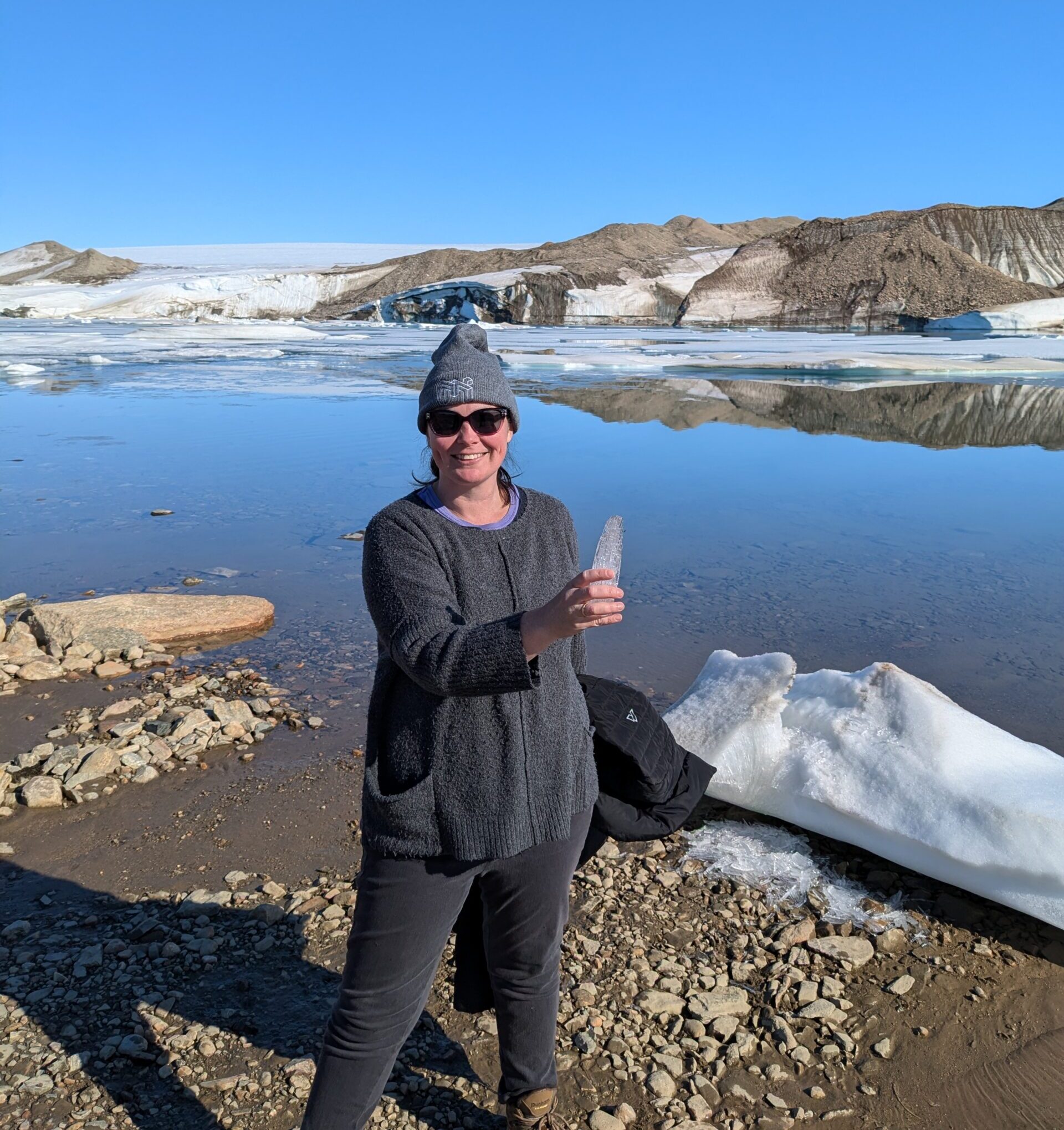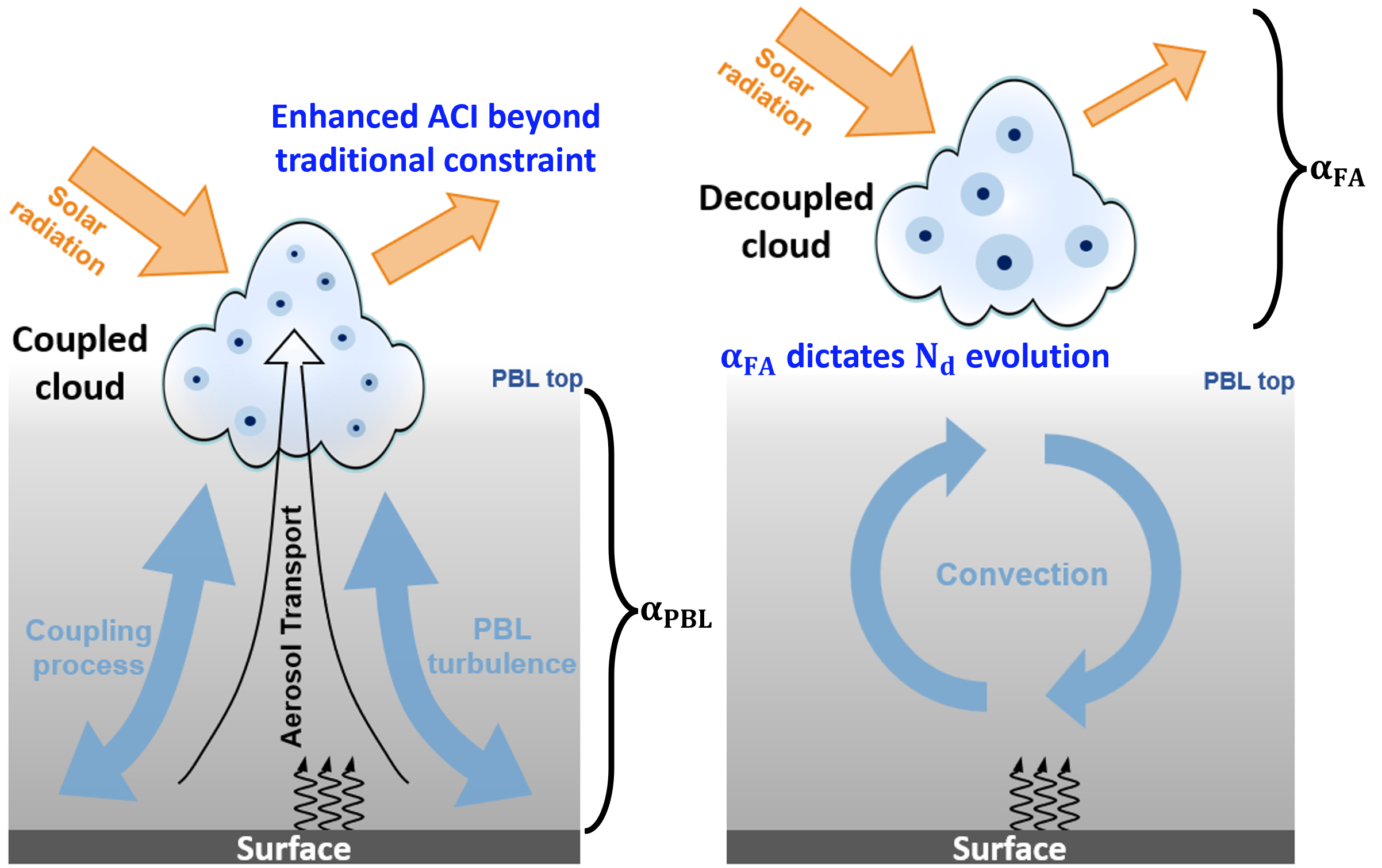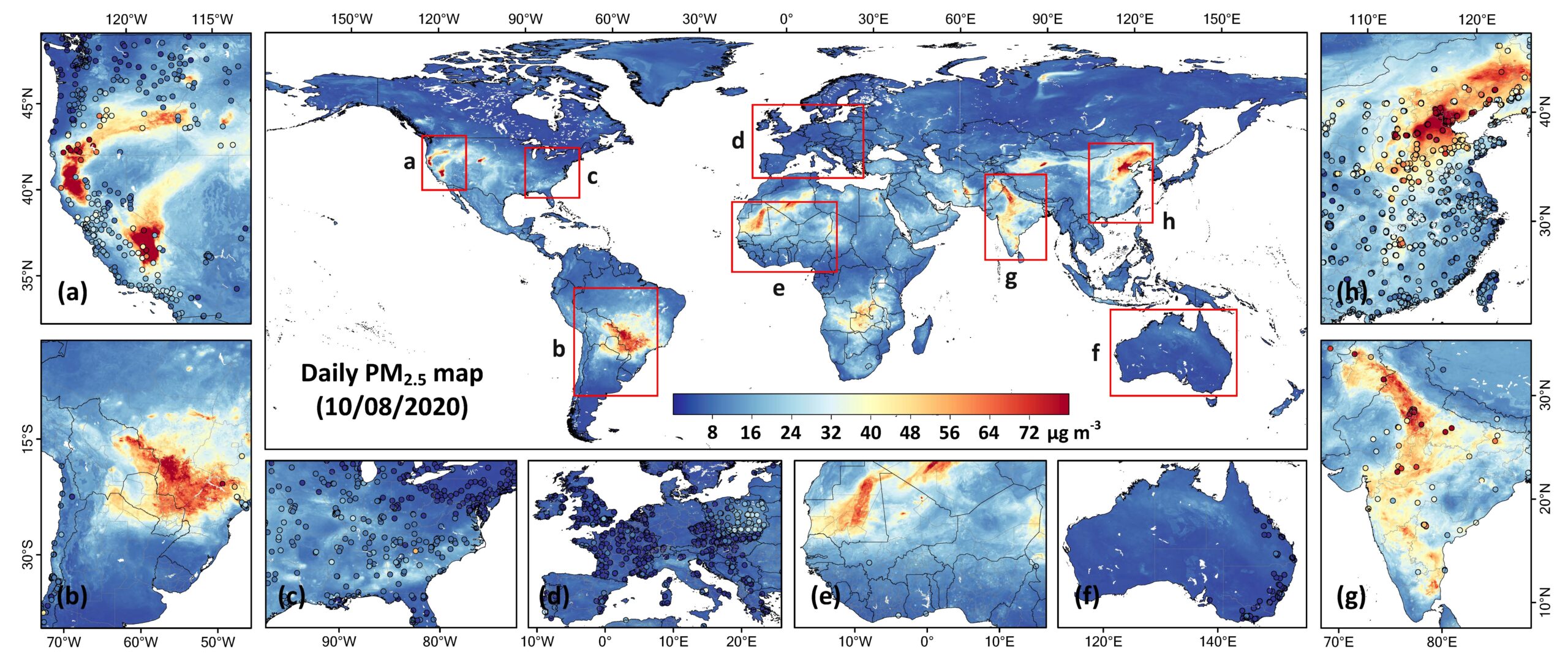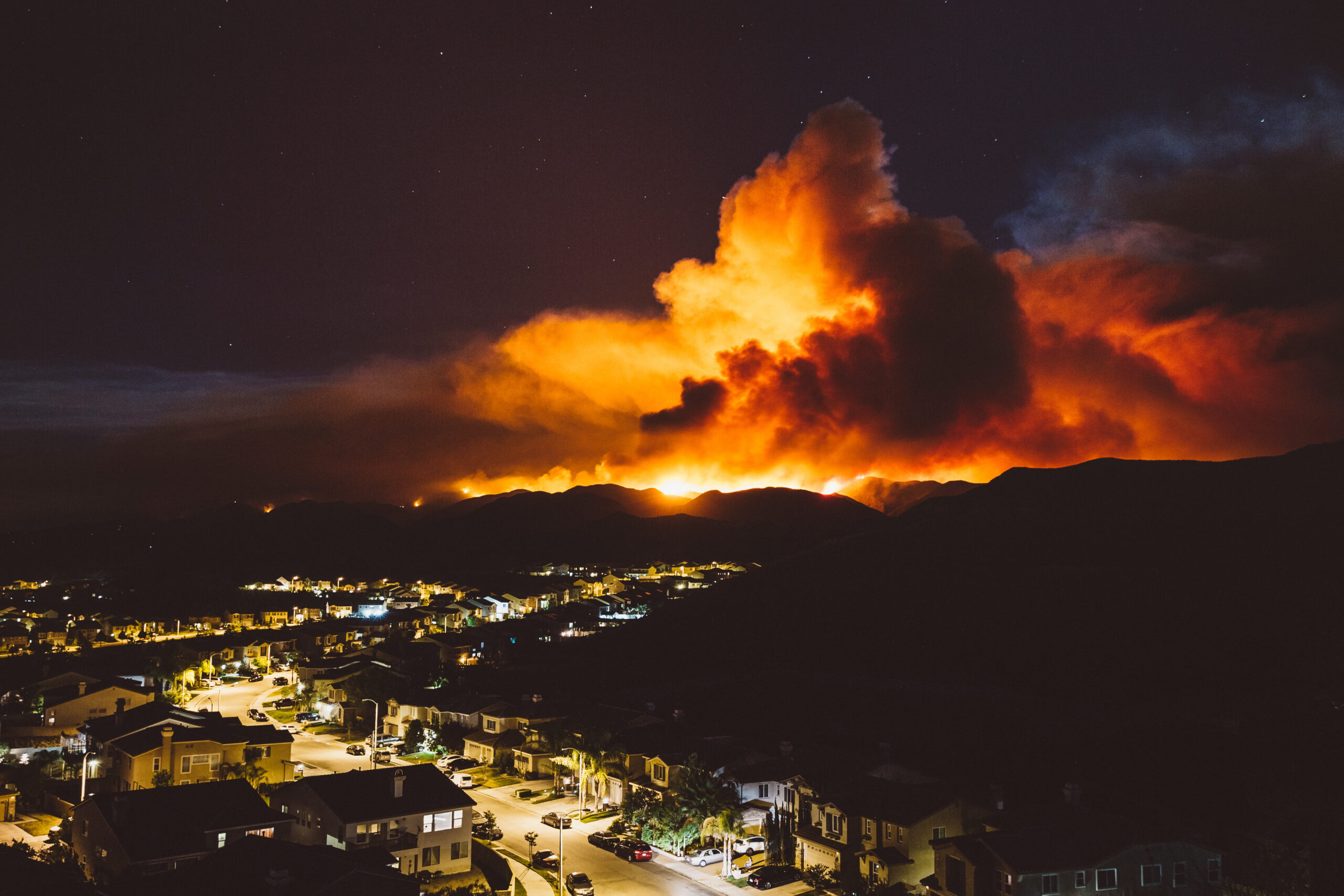
Measuring Aerosols in the Arctic
Sea ice over the Arctic Ocean, as seen from above. A layer of haze – primary smoke from Canadian fires – obscures the view. Credit:

Sea ice over the Arctic Ocean, as seen from above. A layer of haze – primary smoke from Canadian fires – obscures the view. Credit:

A key to improve climate prediction is to improve understanding of the impact of aerosol on clouds, or commonly known as the aerosol-cloud-interaction according to a new study led by Earth System Science Interdisciplinary Center (ESSIC) researchers published today in Science Advances.

University of Maryland researchers have developed the world’s first daily 1-kilometer seamless product of PM2.5— fine particulate matter that threatens human respiratory health — that logs the progression of the world’s air quality since 2017.

UMD researchers analyzed changes in the mortality burden attributed to wildfire pollution over the last two decades.

The annual meeting of the ESSIC Aerosol/Cloud Physics/Radiation Affinity Group was held on November 16. It was led by Dr. Zhanqing Li, the group chair.